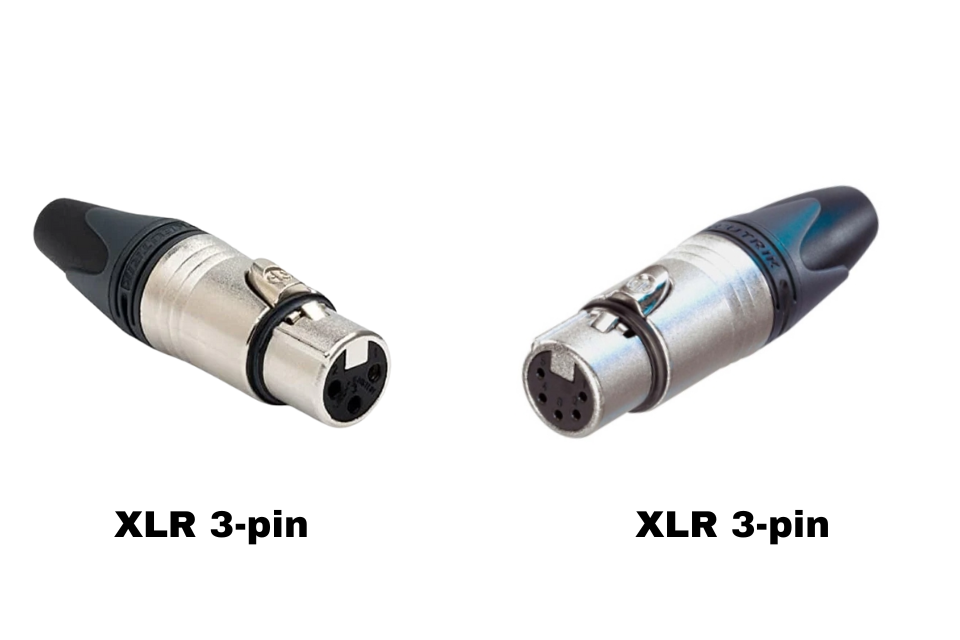When it comes to signal transmission in professional audio, video, and lighting systems, the XLR connector is always a trusted choice thanks to its stability, excellent noise rejection, and outstanding durability. It has become the global standard for connectivity, widely used from recording studios and live stages to industrial applications.
What is an XLR Connector?
An XLR connector is a specialized electrical connector, typically featuring 3 pins (though more pins are available depending on the model), designed to transmit balanced signals. This design minimizes interference, hum, and signal loss even over long cable runs.
One of the most renowned brands for XLR connectors is Neutrik, the world’s leading connector manufacturer. Products such as the Neutrik NC3FXX (3-pin female XLR) and Neutrik NC3MXX (3-pin male XLR) are considered the industry gold standard in both studios and live sound thanks to their reliability and superior noise resistance.
Common Applications of XLR Connectors
Thanks to their durability and ability to deliver high-quality signal transmission, XLR connectors are used across multiple fields:
-
Professional microphones
Most stage and studio microphones use XLR. For example, connecting a Sennheiser e 835 microphone via a Neutrik NC3FXX XLR connector ensures stable, clear, and interference-free audio signals.
-
Mixers and studio equipment
Devices such as sound mixers, preamps, amplifiers, mastering decks, and professional CD players are equipped with XLR ports to guarantee studio-grade audio quality. Many studios choose Neutrik XX Series connectors for their smooth insertion, secure locking mechanism, and long-term reliability.
-
PA systems and active speakers
Active speakers (self-powered speakers) are often connected directly to mixers via XLR. For instance, using Turbosound iQ Series speakers combined with Neutrik XLR cables allows the system to run stably for long hours without signal degradation.
-
Lighting and industrial applications
XLR is not limited to audio. Stage lighting systems such as DMX512 often use 3-pin or 5-pin XLR connectors. Additionally, various industrial applications-including control circuits and automation systems-benefit from XLR’s durability and reliability.

Key Advantages of XLR Connectors
-
Secure locking mechanism: Prevents accidental cable disconnection during live performances or installations.
-
Balanced signal with noise rejection: Maintains clean, stable audio even in environments with high electromagnetic interference.
-
High durability: Built to withstand the demanding conditions of stages, auditoriums, and studios.
-
Versatility: Compatible with a wide range of devices, from microphones and mixers to speakers and lighting systems.
Conclusion
The XLR connector is not only a standard in the audio industry but also a reliable professional signal transmission solution. Backed by leading brands such as Neutrik, XLR has become the top choice for studios, live sound, and even industrial applications. Using the proper XLR connector ensures stable system performance, enhances the listening and viewing experience, and maximizes efficiency for any project.